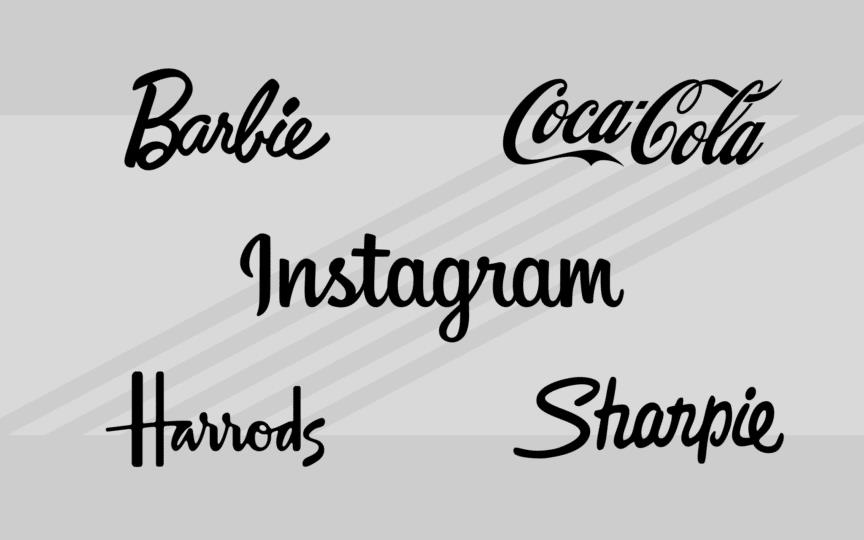Branding fonts are specifically designed typefaces that help convey a brand’s identity, voice, and values through its visual design. These fonts are crucial for establishing a memorable and cohesive look across all forms of communication, from logos to websites, advertisements, and packaging. A good branding font can elevate a company’s presence and help establish trust with its audience.
Understanding the Role of Branding Fonts
A branding font isn’t just about looking good; it’s about creating a connection. It defines how a brand communicates its message to the audience and influences their perception. The right choice of font should align with the brand’s personality, whether that’s elegant, playful, bold, or sophisticated.
The significance of branding fonts goes beyond aesthetics. Fonts communicate subtle nuances of the brand’s ethos. For instance, a serif font might evoke a sense of tradition and reliability, while a modern sans-serif could express innovation and simplicity. Fonts become symbolic of the brand’s character and play an integral role in its storytelling.
Selecting the Right Branding Font
When choosing a branding font, businesses should consider several factors:
- Brand Personality: The font should reflect the core traits of the brand. A luxury brand might lean toward elegant and refined fonts, while a tech startup might choose clean and modern sans-serif options.
- Readability: A font must be legible across all platforms, including websites, print media, and mobile applications.
- Consistency: A branding font should be used consistently across all touchpoints to ensure uniformity and reinforce brand recognition.
How to Use Branding Fonts Effectively
Once you’ve selected the perfect font for your brand, it’s important to apply it strategically across different media. Here are some best practices:
- Logo Design: The font used in your logo should be distinct and memorable. It should serve as a visual anchor for your brand’s identity.
- Web Design: Fonts used on your website should be easy to read and aligned with the overall design. Using a combination of fonts—such as one for headings and another for body text—can create a balanced and attractive layout.
- Advertising Materials: Whether it’s digital ads, brochures, or flyers, the font should match the tone of the campaign and be legible at all sizes.
- Packaging: A product’s packaging is often the first interaction a customer has with the brand. Ensure the font reflects the product’s qualities and appeals to the target demographic.
Choosing the Best Fonts for Branding
One of the key resources for finding branding fonts is TypeType, a well-established font foundry. Their collection offers a variety of fonts designed to enhance brand identity. TypeType fonts cater to different design needs, from contemporary to classic, and support multiple languages and scripts, making them versatile for global brands.
The TypeType collection includes over 75 fonts available through their subscription service. These fonts are optimized for various applications, ensuring that they look great in both digital and print formats. Their extensive catalog allows businesses to choose fonts that not only represent their brand’s personality but also meet technical requirements for diverse platforms.
Conclusion
Branding fonts are essential tools for building a strong visual identity. By selecting the right fonts and applying them consistently, businesses can create a recognizable and cohesive brand image that resonates with their audience. Whether you are looking for a bold statement or a subtle touch of elegance, the fonts you choose play a pivotal role in your brand’s success.





